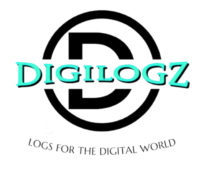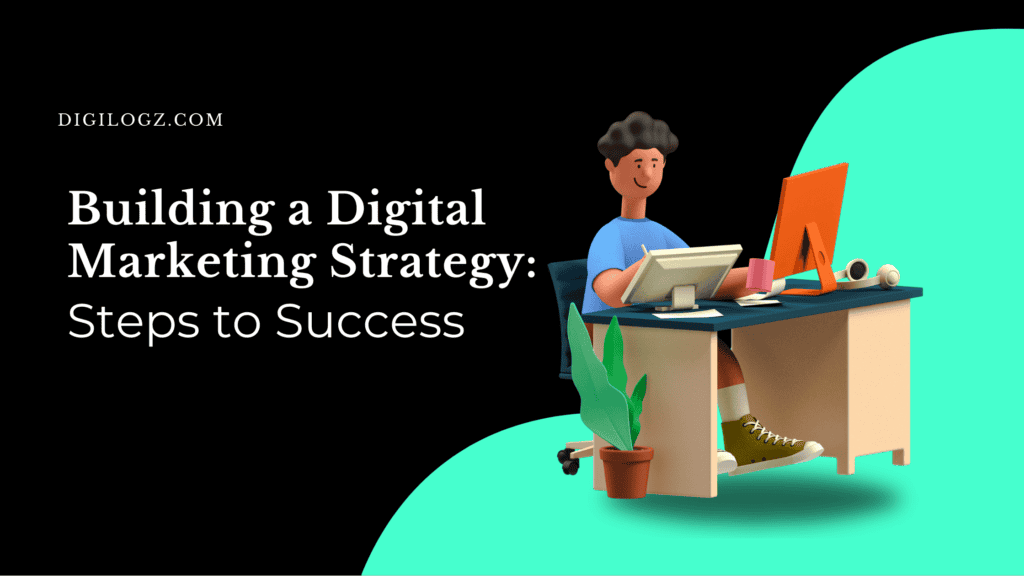Mastering Email Marketing: What It Is and How It Works
Introduction
Email marketing has become a cornerstone of digital marketing strategies, offering a direct and personal way to communicate with customers. In the digital age, where every interaction can be a potential touchpoint, email marketing stands out due to its effectiveness and efficiency. This blog will delve into the nuances of email marketing, exploring its definition, key components, benefits, and best practices. Whether you’re new to email marketing or looking to refine your strategies, this comprehensive guide has you covered.
Definition of Email Marketing
Email marketing involves sending emails to a targeted group of subscribers to promote products, share news, or nurture relationships. It’s a digital marketing strategy that uses email as a tool for connecting with potential and current customers. The practice dates back to the late 1970s, evolving significantly over the decades with advancements in technology and changes in consumer behavior. Compared to other digital marketing strategies like social media or SEO, email marketing offers a unique blend of direct communication and personalization, making it a powerful tool for businesses of all sizes.
Table 1: Comparison of Email Marketing Platforms
This table provides a comparison of popular email marketing platforms, highlighting their key features, pricing, and suitability for different business needs.
| Platform | Key Features | Pricing | Best For |
|---|---|---|---|
| Mailchimp | Easy-to-use, automation, A/B testing, detailed analytics | Free to $299/month | Small to medium businesses |
| Constant Contact | Email templates, marketing automation, social media integration | $20 to $335/month | Small to medium businesses |
| SendinBlue | SMS marketing, transactional emails, marketing automation | Free to $66/month | Budget-conscious businesses |
| HubSpot | CRM integration, advanced automation, comprehensive analytics | $50 to $3,200+/month | Enterprises and growing businesses |
| AWeber | Autoresponders, extensive email templates, list management | $19 to $149/month | Small businesses and entrepreneurs |
| GetResponse | Landing pages, webinar solutions, automation | $15 to $99+/month | All business sizes |
Key Components of Email Marketing
- Email List: The foundation of any email marketing strategy is a robust and engaged subscriber list. Building and maintaining this list involves collecting email addresses through sign-up forms, landing pages, and other touchpoints. Keeping your list clean and updated is crucial for ensuring high engagement rates.
- Email Campaigns: There are various types of email campaigns, each serving a different purpose. Newsletters provide regular updates and valuable content, promotional emails highlight special offers or sales, and transactional emails confirm purchases or provide shipping details. Understanding the different campaign types helps in crafting targeted and relevant messages.
- Email Content: The content of your emails should be compelling and tailored to your audience’s interests. This includes well-written copy, engaging subject lines, and valuable information that resonates with your subscribers. Visual elements like images and videos can also enhance the appeal of your emails.
- Call-to-Action (CTA): A crucial element of email marketing is the CTA, which guides your subscribers towards the desired action, whether it’s making a purchase, signing up for a webinar, or downloading a resource. Effective CTAs are clear, concise, and strategically placed within the email.
- Email Design: The design and layout of your emails play a significant role in capturing your audience’s attention. Best practices for email design include using responsive templates, maintaining a clean and organized layout, and ensuring your emails are visually appealing across all devices.
Benefits of Email Marketing
- Direct Communication: Email marketing allows for personalized and direct communication with your audience. This fosters a sense of connection and trust, making it easier to build long-term relationships with your customers.
- Cost-Effective: Compared to other marketing channels, email marketing offers a high return on investment (ROI). With relatively low costs for creating and sending emails, businesses can reach a large audience without breaking the bank.
- Measurable Results: One of the significant advantages of email marketing is the ability to track and analyze campaign performance. Metrics such as open rates, click-through rates, and conversion rates provide valuable insights into the effectiveness of your emails and areas for improvement.
- Customer Engagement: Email marketing is an excellent tool for engaging with your customers and keeping them informed about your brand. Regular communication through emails helps in maintaining top-of-mind awareness and encouraging repeat business.
Table 2: Types of Email Campaigns and Their Purposes
| Campaign Type | Purpose | Examples |
|---|---|---|
| Newsletters | Keep subscribers informed about company updates, news, and articles | Monthly company newsletter, product updates |
| Promotional Emails | Drive sales and promotions | Holiday sales, limited-time discounts |
| Transactional Emails | Confirm transactions and provide essential information | Order confirmations, shipping notifications |
| Welcome Emails | Greet new subscribers and introduce the brand | Welcome series, onboarding emails |
| Re-engagement Emails | Win back inactive subscribers | “We miss you” emails, special reactivation offers |
| Event Invitations | Invite subscribers to events and webinars | Webinar invites, event announcements |
How to Start with Email Marketing
- Choosing an Email Marketing Platform: There are numerous email marketing tools available, each offering a range of features. Popular platforms include Mailchimp, Constant Contact, and SendinBlue. When choosing a platform, consider factors such as ease of use, automation capabilities, and integration options.
- Building Your Email List: Growing your subscriber base requires strategic efforts. Encourage sign-ups through your website, social media, and in-store promotions. Offering incentives such as discounts or exclusive content can also entice people to join your email list.
- Creating and Sending Campaigns: Start by defining your campaign goals and target audience. Craft compelling subject lines, engaging content, and clear CTAs. Test your emails across different devices and email clients to ensure they display correctly. Once you’re satisfied with your email, schedule and send it to your subscribers.
- Analyzing Performance: After sending your campaign, analyze the performance metrics to gauge its success. Key metrics to track include open rates, click-through rates, and conversion rates. Use this data to identify trends and areas for improvement in future campaigns.
Best Practices for Effective Email Marketing
- Segmentation and Personalization: Tailoring your emails to different audience segments can significantly improve engagement. Use data such as demographics, past behavior, and purchase history to create personalized content that resonates with each segment.
- A/B Testing: Testing different email elements, such as subject lines, images, and CTAs, helps in optimizing your campaigns. A/B testing allows you to compare two versions of an email and determine which one performs better, leading to data-driven decisions.
- Avoiding Spam Filters: To ensure your emails reach the inbox, avoid spammy language, excessive use of capital letters, and too many exclamation marks. Regularly clean your email list to remove inactive subscribers and ensure your emails comply with anti-spam laws.
- Legal Considerations: Familiarize yourself with email marketing regulations such as the GDPR and CAN-SPAM Act. Ensure you have explicit consent from your subscribers to send them emails and provide clear options for unsubscribing.
Common Challenges and How to Overcome Them
- Low Open Rates: To increase open rates, focus on crafting compelling subject lines, personalizing your emails, and sending them at optimal times. Regularly test different approaches to see what resonates best with your audience.
- Unsubscribes: While unsubscribes are inevitable, you can minimize them by providing valuable content, maintaining a regular email schedule, and respecting your subscribers’ preferences. Always give recipients an easy way to manage their email preferences.
- Email Deliverability: Ensuring your emails reach the intended recipients requires attention to detail. Use a reputable email marketing platform, monitor your sender reputation, and regularly clean your email list to improve deliverability rates.
Conclusion
Email marketing remains a powerful tool for businesses looking to connect with their audience in a personal and direct way. By understanding the key components, benefits, and best practices, you can create effective email marketing campaigns that drive engagement and conversions. Start or improve your email marketing efforts today and experience the transformative impact on your business. Subscribe to our blog for more digital marketing tips and insights.
FAQs
How do I start with email marketing?
Begin by choosing an email marketing platform, building your email list, creating and sending campaigns, and analyzing performance metrics.
What are the benefits of email marketing?
Email marketing offers direct communication, cost-effectiveness, measurable results, and increased customer engagement.
How can I improve my email open rates?
Focus on crafting compelling subject lines, personalizing your emails, and sending them at optimal times.
What is A/B testing in email marketing?
A/B testing involves comparing two versions of an email to determine which one performs better, helping to optimize future campaigns.



